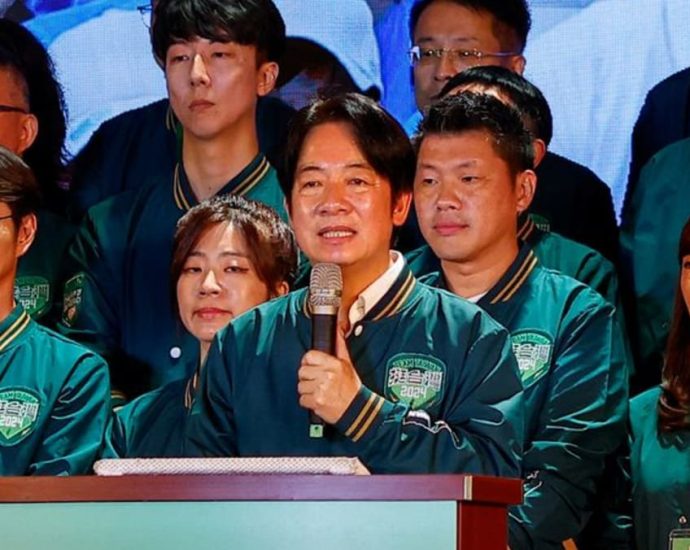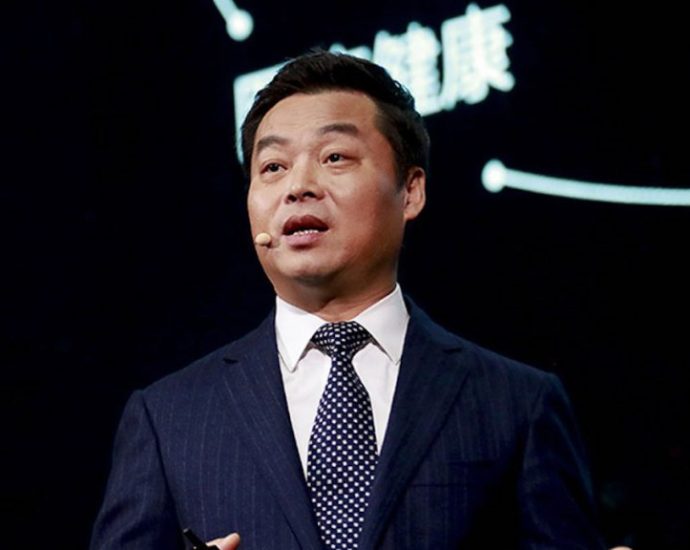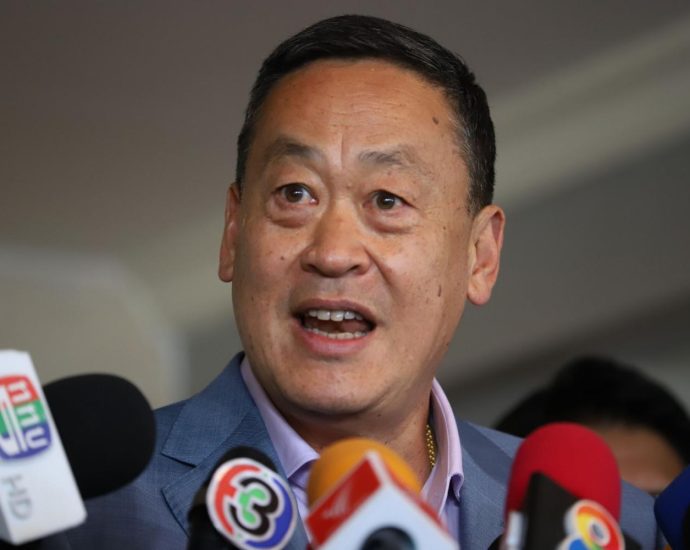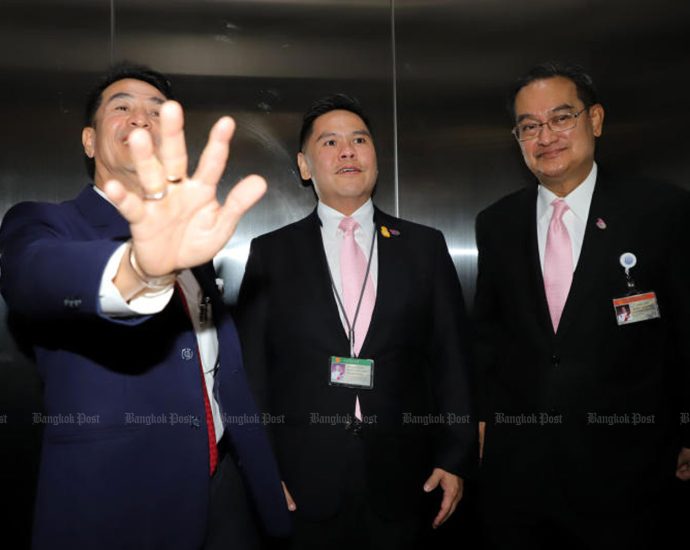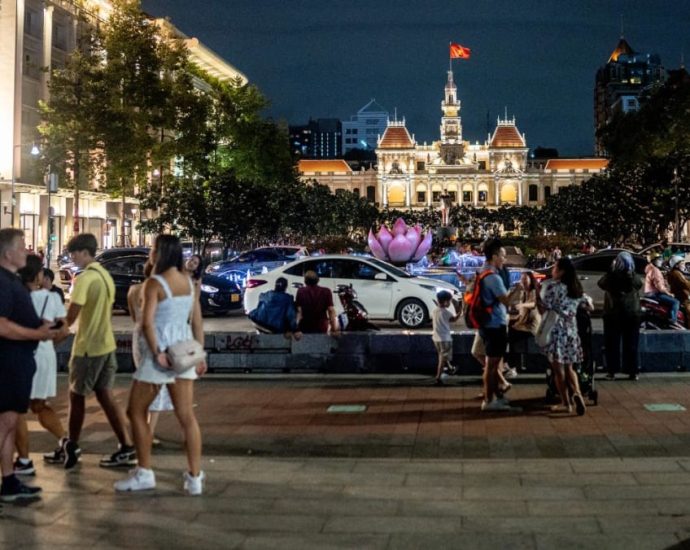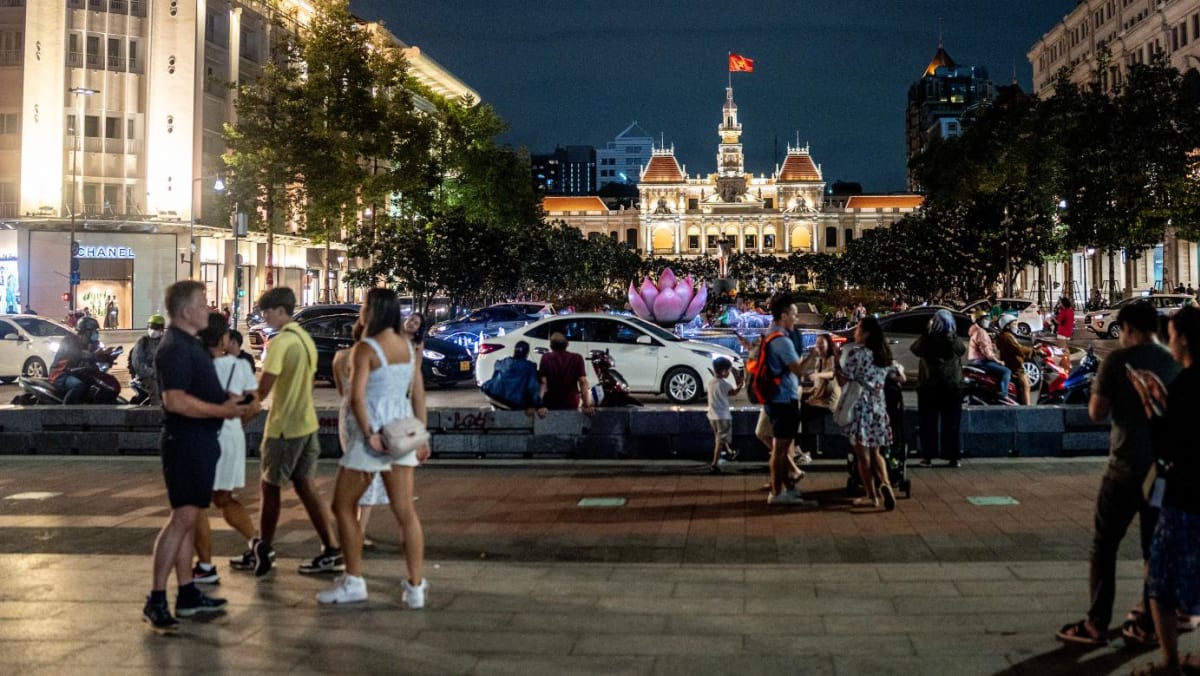Solving the green energy riddle

In 1987, the Nobel laureate economist Robert Solow famously observed, “You can see the computer age everywhere but in the productivity statistics.” The phenomenon that became known as the Solow paradox referred to the slowdown in productivity growth during the 1970s and ’80s despite the rapid development in technology during the same period.
A similar paradox might describe the green energy transition. Amid an explosion in wind turbines and solar panels, the global share of coal, the dirtiest fossil fuel, has barely moved since the early 1980s, as growth in China and India has offset reductions in Europe and the United States. Meanwhile, the proportion of hydroelectricity has been flat over that period, while nuclear rose but recently fell because of Germany’s phase-out.
Dig deeper into the details, however, and there are signs that the renewables riddle can be solved. Oil has lost significant ground while gas, the cleanest fossil fuel, has gained. So-called “modern” renewables – solar, wind, and geothermal – have also picked up dramatically, going from 1% of all global energy production in 2007 to 7% in 2021. And last year, wind and solar produced 12% of global electricity.
While fossil fuels remain 82% of the world’s energy mix, there is progress in bringing this down. What we need now is to accelerate the transition.
The money
How this will be accomplished is a matter of science, policy and, above all, money.
BP’s most conservative transition scenario, based on current technology, estimates that solar and wind output will rise from 2,100 terawatt-hours in 2019 to 6,890TWh in 2030. By contrast, the scenarios for reaching net-zero carbon by 2050 from both BP and the International Energy Agency (IEA) have the 2030 figure at just over 12,000TWh.
That’s the difference between scaling up renewables by a factor of three versus a factor of six. Put another way, the conservative scenario adds more than the entire electricity generation of the US, while net-zero scenarios gain by the equivalent output of China plus India.
In the right locations, solar and wind are the cheapest sources of new electricity. This has been achieved by some moderate improvements in technology, but mostly by scaling up manufacturing and experience, and by reducing capital costs, as investors have grown comfortable with these low-risk projects.
Solar power in the best locations in the Middle East, North Africa or South America cost about 12 US cents per kilowatt-hour in 2012, but bids by 2021 came in at just over 1 cent.
Costs for offshore wind have also dropped dramatically in recent years, and subsidy-free wind farms have been awarded in Europe, with companies such as Denmark’s former oil and gas company Ørsted and Norway’s state petroleum firm Equinor in the lead. Wind is even progressing in the US and East Asia, with costs around 7.5 cents per kilowatt-hour predicted to fall to 5.3 cents by 2035.
By comparison, at current prices, generation from gas costs some 3 to 4 cents per kilowatt-hour in the US and Middle East, and 13 cents in Europe and East Asia. The inclusion of a carbon price at Europe’s current level of around $100 per ton would add an additional 3.5 cents to these figures, making wind and especially solar clearly superior. Nuclear is low-carbon but more costly.
Challenges: trade and materials
With such attractive characteristics, what’s holding back a more rapid renewable revolution?
There are broadly eight sets of challenges, applying on different timescales and in different places. These are trade, materials, land, the grid, intermittency, end-use, policy, and society.
Supply-chain bottlenecks and rising interest rates have temporarily interrupted the trend of cost reductions, but these will likely resume. Yet grit in the wheels of the global trade engine will remain, at least in the short-term.
Europe, the US and China are engaged in a subsidy race to spur domestic manufacturing and control key future energy technologies.
Tariffs, “buy-local” provisions, onshoring inducements, and concerns over human rights and the environment, however worthy, complicate the China-dominated renewable industry, which has been so successful at driving down costs.
China makes as much as 95% of key solar module components, about 75% of lithium-ion battery parts, and more than half of wind turbine nacelles (the cabins that connect the blades to the tower and house the generator and gears).
The United States’ massive Inflation Reduction Act throws down the gauntlet to Beijing, but also to Brussels. Smaller markets, such as India and the UK, have their own aspirations but risk being caught between the giants. A trans-Atlantic green trade war would raise costs all around, while subsidies risk locking in uncompetitive industries.
China and, to a lesser extent, Russia and a few African and Latin American countries also dominate the supply chain for basic raw materials used in renewable energy, batteries, hydrogen electrolyzers, and electric vehicles – notably rare-earth minerals, lithium, cobalt, nickel, copper, platinum-group metals, graphite, and polysilicon.
China doesn’t monopolize the mining of rare earths as it once did, but it remains the leader in their processing, and similarly for copper, lithium and polysilicon. It has extensive international investments, too.
While there’s no shortage of most of these minerals in the ground, there are constraints on how fast extraction and processing can be increased.
Resource nationalism in Latin America and Indonesia favors domestic ownership and processing. Political insecurity and troubling labor conditions in the Democratic Republic of Congo, the main source of cobalt, and strikes and electricity shortages in platinum-mining South Africa, are further problems.
As the US, the European Union, the UK and their allies seek to increase critical mineral mining and processing, environmental opposition makes it difficult to approve additional extraction. Mining for copper and gold in Minnesota and Alaska, and lithium in Serbia, has been torpedoed in recent years.
Recycling is only of limited help, given that most renewable systems today are new and must scale up multiple times, requiring a large input of primary materials.
Some of these limitations can be designed around – novel electrolyzers avoid precious metals, wind-turbine and electric-vehicle motors can do without rare earths, copper can be substituted with aluminum, and new batteries need less nickel or cobalt. But these choices all involve some friction, higher costs, or performance trade-offs.
Challenges: land, grid, intermittency, and end-use
One requirement that can’t be designed away is land. An oil or gas field, or a coal or nuclear power plant, has a relatively small footprint for the energy it generates. Wind, solar, or growing crops for biomass require much larger areas.
For the EU, India, Japan and South Korea, a predominantly solar-based system could eat up 5% of total land area by 2050. In Germany, only about 9% of the country is technically feasible and available for wind power.
Offshore wind, particularly in constricted marine locations such as the North Sea, the northeastern US, or Singapore, competes with naval grounds, sensitive marine ecosystems, historic and tourist locations, views, fishing grounds, shipping lanes, and so on.
Even acceptable sites may face lengthy permit delays and legal battles, as in the Cape Wind project off Cape Cod, Massachusetts, which applied for a permit in 2001, was initially approved in 2005, but finally abandoned in 2017 after opposition from well-heeled and prominent residents and local property owners, such as former US senator Ted Kennedy, Governor Mitt Romney, and current US climate envoy John Kerry.
Land barriers are not insuperable, but they aren’t negligible either.
A related issue is that of grid connections. Wind, solar, and hydroelectric dams are often built in remote locations and need long-distance transmission lines to take their electricity to consumers.
In the US, 2,000 gigawatts are estimated to be waiting for a grid connection. Renewable developers in the UK have about 176GW in the queue – more than twice the existing capacity from all sources – with some being told they may have to wait until 2036.
Building transmission lines to take power from windy northern Germany to the industrialized south has also been held up.
The grid is particularly important because of another characteristic of wind and solar power: intermittency. Anti-renewable advocates are fond of reminding us that “wind doesn’t always blow, and the sun doesn’t always shine,” as if energy specialists didn’t notice. For now, the quantities of wind and solar power are relatively small in most places, and can be balanced by “dispatchable” gas, coal, biomass, or nuclear power.
Solar output regularly exceeds total midday demand in areas such as California and South Australia, only to fade out in the evening when demand goes up. Batteries are being deployed on a growing scale, but current batteries are poorly suited to seasonal storage – for instance, saving large quantities of surplus power from summer for a cold, dark, windless northern European winter.
In the net-zero scenarios of the IEA or BP, wind and solar would make up 38% of electricity generation by 2030 and 68% by 2050. Such a system would require all options to function daily and year-around.
It would also need geographic diversity of resources connected by long-distance cables, such as the Xlinks project, which will bring 3.6GW of solar and wind from Morocco to the UK via a subsea interconnection.
Other low-carbon resources include gas or coal with carbon capture and storage; nuclear fission; hydroelectric dams; and geothermal. Then there are the less developed or more futuristic options, such as tidal, wave, current, and ocean thermal generation; nuclear fusion; or space-based solar power.
Medium-term storage can use new battery types, such as iron-based flow batteries, or thermal storage (making ice to store cold energy, or heating salts or other materials, as concentrated solar power plants do).
Long-term storage can rely on hydrogen or its derivatives such as ammonia, methanol, or synthetic methane. Hydrogen also helps with bringing renewable electricity into other end-uses: the provision of high-temperature heat for industry, “e-fuels” for long-distance transport, and chemical feedstocks.
The solutions: policy and society
Perhaps the two most intractable challenges remain in policy and society. Today’s renewable transition is unevenly distributed. The Netherlands, a small and not very sunny country, generates more non-hydro renewable power than the whole of sub-Saharan Africa. But this must change dramatically by mid-century, when most population and economic growth occurs outside Europe.
BP’s net-zero scenario sees Asia-Pacific as having almost half the world’s renewables by then, while Africa, the Middle East and South America collectively move to twice Europe’s level.
To get there, government policies will need to move away from over-rewarding pet projects in favor of cost-effective renewables. The investor community must also stop penalizing proposals in developing economies.
On the social side, vested interests, legacy industries, railways, political parties, and labor unions often oppose renewables, particularly in the case of coal-dependent regions.
South Africa’s Just Energy Transition Partnership, backed by the EU, the UK and the US, was intended to help the country move away from coal. But its Energy Minister Gwede Mantashe, a former miner and self-proclaimed “coal fundamentalist,” is also a key supporter of President Cyril Ramaphosa, and not so keen on the plan.
Renewable energy has the wind in its sails. Technology, economics, security concerns, and climate policy strongly support its progress. But the realities of delivering such an enormous transformation are too often underestimated or glossed over.
This is not an argument against renewables, but it demands a strong response to identify and remove barriers as quickly as possible. With careful planning and leadership, the clean energy riddle can be solved, and the renewables revolution can spread beyond California and Copenhagen to Kolkata, Congo and Cape Town.
Follow Robin Mills on Twitter @robinenergy.





